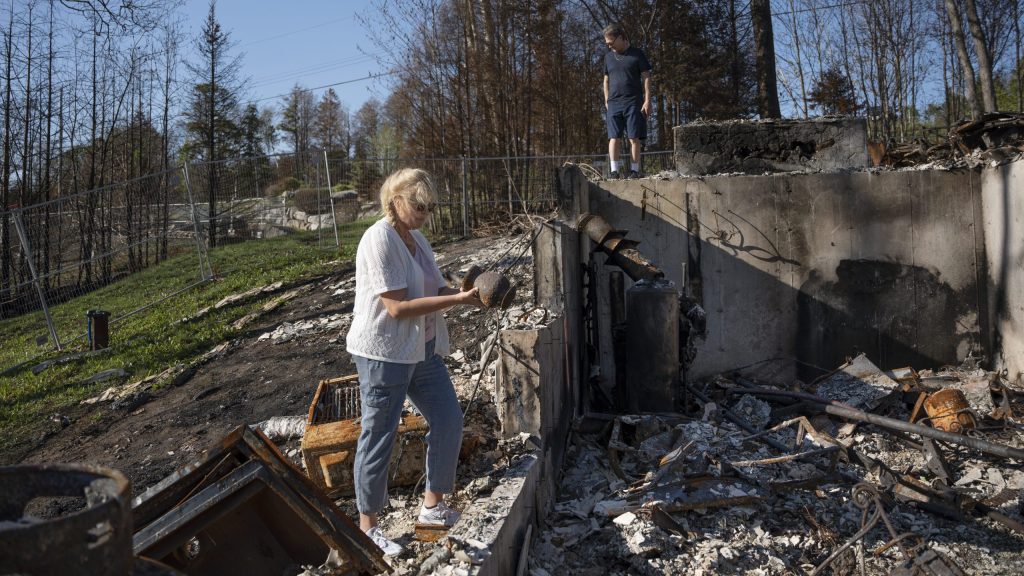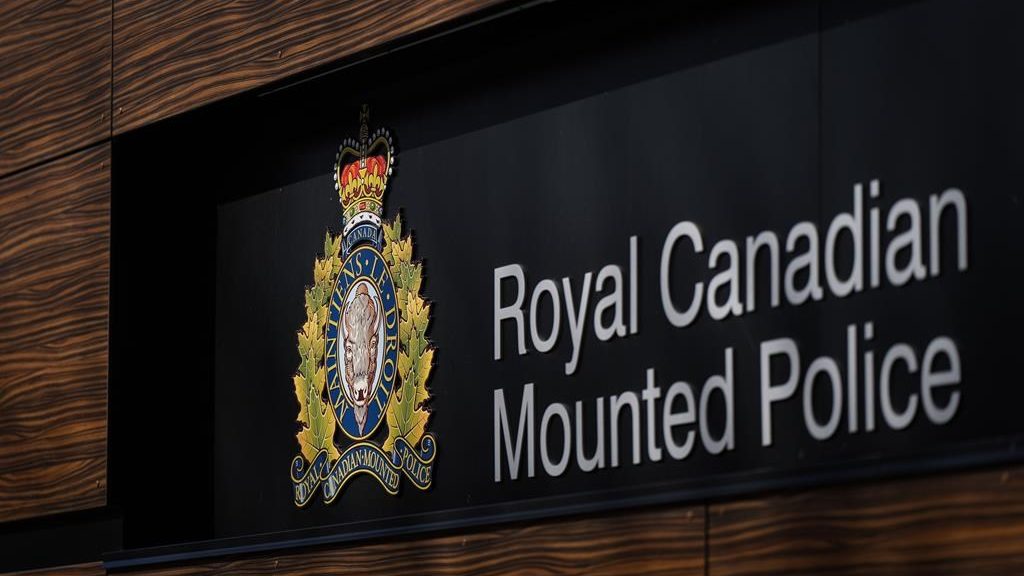New book reveals the settlements that helped shape the province
Posted May 11, 2022 04:44:00 PM.
After documenting Nova Scotia’s historic waterways and lost highways, local author Joan Dawson has set her sights on uncovering the story of the province’s inland communities.
“I had done a lot around the coast and on the rivers,” says the author of such books as Nova Scotia’s Historic Harbours and A History of Nova Scotia in 50 Objects. “And this seemed like an opportunity to look at something differently.”
Having just released her latest portfolio of the province — Nova Scotia’s Inland Communities — Dawson has now captured the gathering places and settlements, along with the many stories they have to tell.
“I was surprised at how different these communities were (and) how different their origins were — why they had been established, for example,” says Dawson about the book’s exploration of such varied towns as Blockhouse, Albert Bridge or Upper Hammonds Plains.
She adds unlike the coastal communities that sprouted up to accompany the fishing industry, most of the inland communities were deliberately settled following the War of 1812.
“There were a lot of disbanded soldiers that needed housing,” adds Dawson about the uniqueness of Nova Scotia’s inland hubs. “Then there were the Black communities that (were) established, first of all, (for) the free Blacks who had come up during the American Revolution so they were more the creations of the government to some extent than any of the coastal communities.”
An engaging, photo-filled manual, Dawson says it was important that Nova Scotia’s Inland Communities also explored the traditional gathering places of the Mi’kmaq — as the original inhabitants of the land about ten thousand years ago.
“It struck me as I was doing all this that (when) settlement took place, first of all, the Mi’kmaq were displaced in order to make room,” notes Dawson, who is also a fellow of the Royal Nova Scotia Historical Society.
“The Acadian communities were established (but) were kicked out, and when the Blacks were given land, they were only given marginal land and smaller lots than the white settlers,” continues Dawson. “Generally, colonialism was very bad for a lot of the people who came to Nova Scotia with good expectations.”
As a result, not only did Dawson provide a chapter to the several diasporas and immigrant ethnicities in Nova Scotia, but she dedicates the entire 185-page book to “all victims of colonialism, past and present.”
However, Dawson’s latest book doesn’t just document such fascinating histories as the settlement of North Preston (“Canada’s largest Black community, and among its oldest”), it also allowed the author to make some discoveries about lesser known centres, such as the unincorporated community of Paradise.
“I found that it had been discovered very, very early and settled by some Acadians and put on the map,” says Dawson of the originally French-settled site about 30 kilometres from Annapolis Royal.
“It goes on being interesting right up into the 20th century, when there was a former Nazi who had converted and settled over one of the stores,” adds Dawson. “There was a whole range of things that took place in Paradise that I had no idea about.”
Nearly 20 years after contributing to the book, Historic LaHave River Valley, Dawson is still finding intriguing places and communities all around Nova Scotia — which she will be excited to share with audiences at a special book launch for Nova Scotia's Historic Inland Communities at 2 p.m. on May 14 at Open Book Coffee in Halifax.
A trusted historian who moved to Nova Scotia in the 1960s from Winnipeg, Manitoba, the Halifax-based author is also a member of several historical societies as well as the Nova Scotia Archaeology Society, where she continues to dig up stories from the province's rich history.
“What got me hooked on Nova Scotia history was that I was asked to work for the little museum at Fort Point at LaHave where they had some French documents,” notes Dawson, who translated the historic artifacts. “I got interested in the documents and the old maps of the area and I got hooked on local history.”
For more information on Nova Scotia’s Inland Communities, visit the website.










